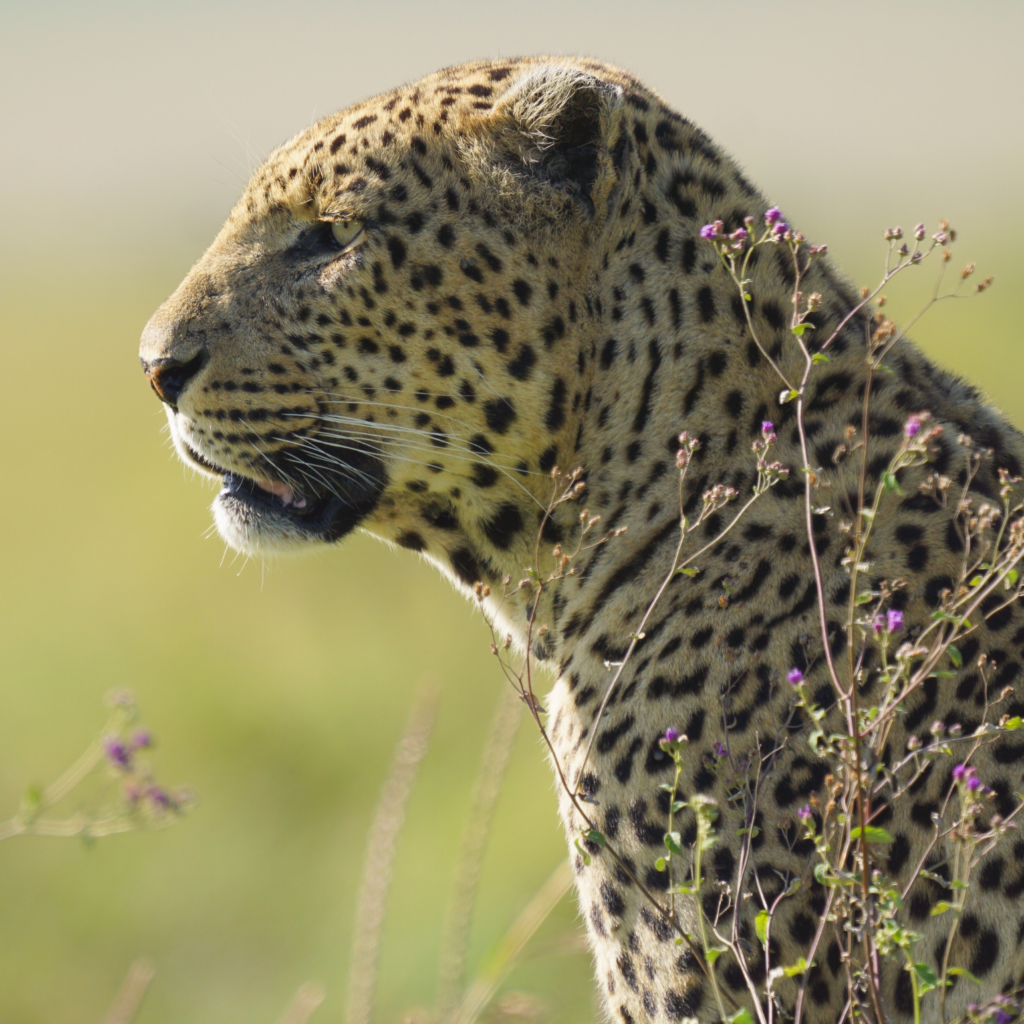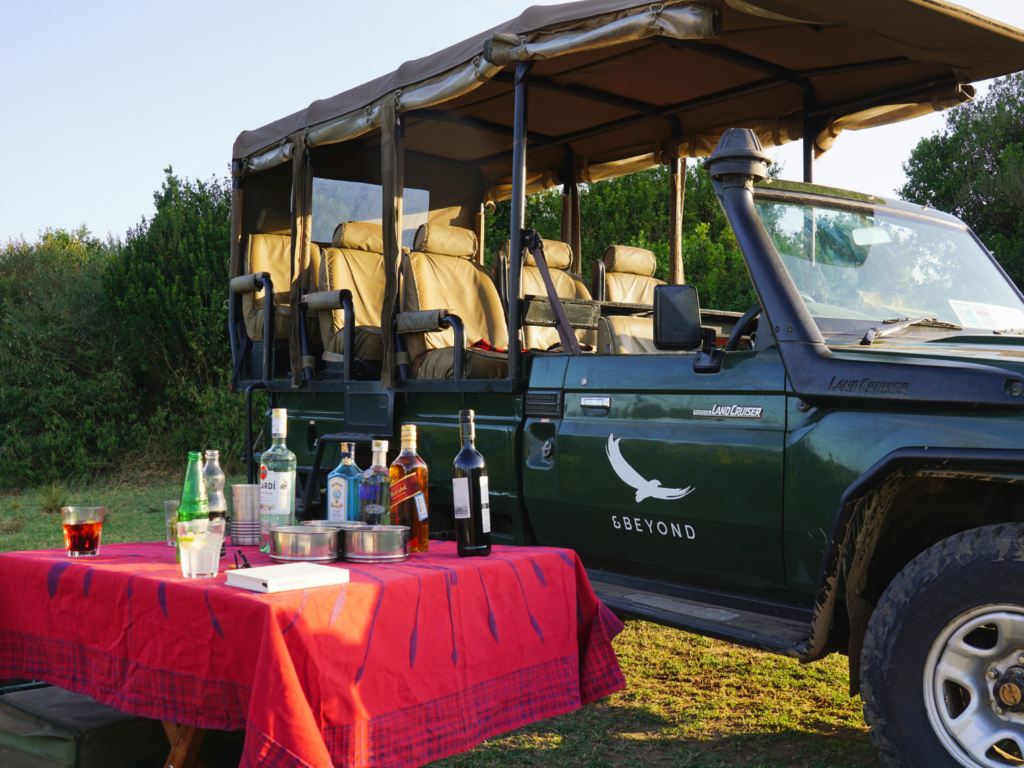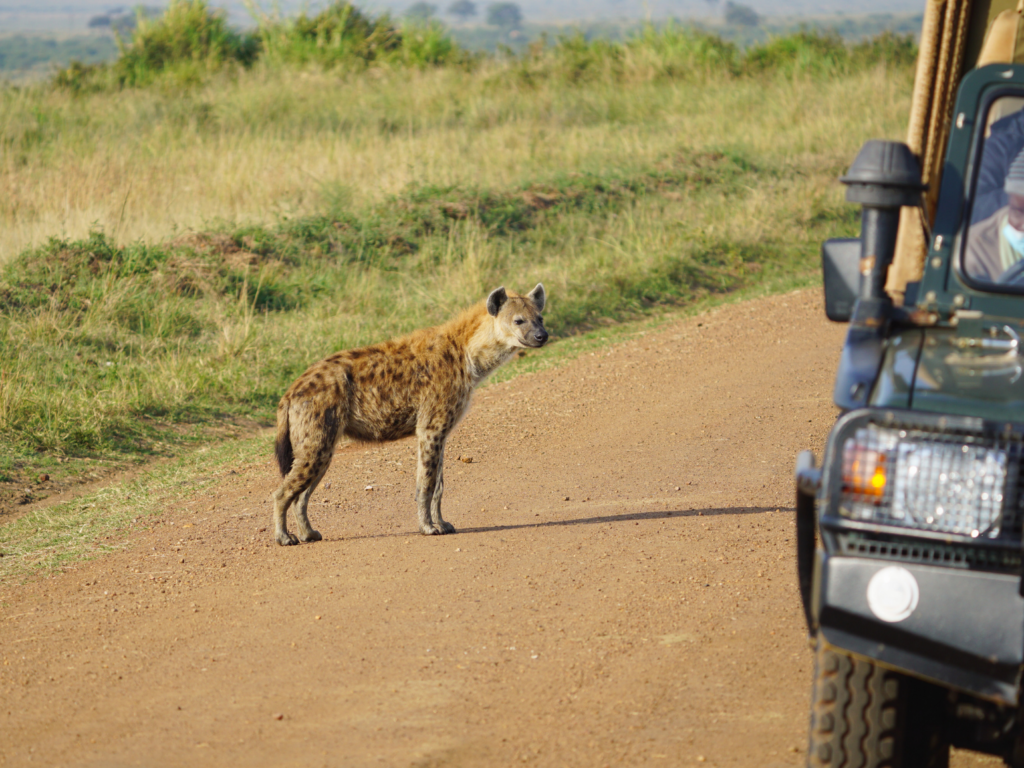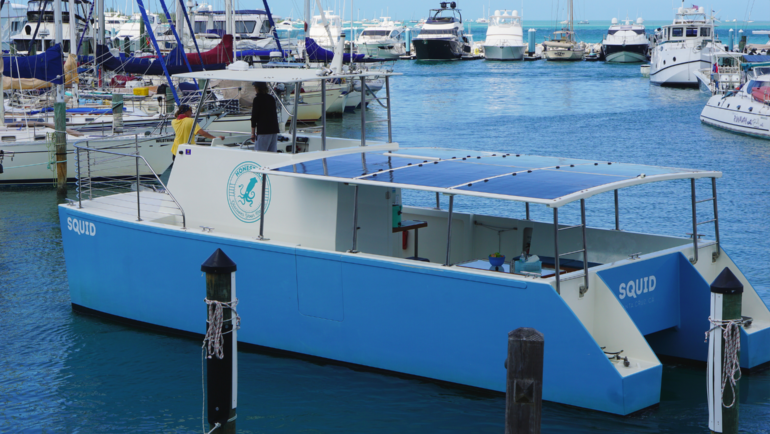Across Africa, the safari industry is shifting. Gone are the days when safaris were exclusively led by men. For too long, antiquated attitudes in the industry limited women from leadership roles. As global gender equality progresses, finally more women can stand proud for wildlife conservation and tourism in their countries.



Female Safari Guides: Masai Mara National Reserve
During our time exploring the Masai Mara National Reserve in June 2021, I had the pleasure of befriending one of the few women guiding in Kenya, Lorna Sipato. In my years enjoying safaris in Botswana, South Africa, Tanzania, and now Kenya – Lorna was the very first female guide I had the pleasure of meeting. She is one of just four women guiding with the &Beyond company in the Masai Mara. During our four-day stay at Kichwa Tembo Tented Camp, we got to know our trusted guide quite well. Having enjoyed nearly ten different game drives with Lorna behind the wheel, most of which were just myself and Lance, we soaked up every moment with her. In the end, we spent more than 35 hours exploring the Mara with Lorna’s guidance. The time we spent together on game drives allowed us to quickly discover her sharp sense of humor, and precision in providing an outstanding safari experience.



Equality for Female Safari Guides
Lorna grew up near the Mara. Living within close proximity to the reserve meant that safari guides were a fixture in daily life, including her own uncle Johnstone Kisotu, a devoted guide within the Masai Mara. From his example, she was drawn to the idea of leading safaris herself. To this day Lorna is reminded of this inspiration, passing her uncle regularly on the dirt roads throughout the park as they both guide within the reserve.


Becoming a safari guide is no simple feat. In Kenya, aspiring guides are tasked with oral and written exams, on top of field training for maneuvering vehicles and trekking the bush. Guiding is a complex task, including navigating impossible terrain, interpreting wildlife behaviors, and even hosting the happy hour tradition of sundowners. Following Lorna’s initial training in tourism, with a specialization in guiding and operations, she went on to &Beyond’s ranger training school, based in Tanzania’s Serengeti National Park. This intensive training equips students with the skills needed to balance the needs of guests with the complex nature of the wildlife they have come to see. Having joined the &Beyond company in 2018, she has led countless bush walks and game drives throughout the Mara. Securing a job within a company like &Beyond can be quite competitive, but Lorna proved her merit and is a proud member of one of Africa’s finest guiding teams.

Differences Between Female and Male Guides
Guides, like Lorna, begin their days well before sunup, by preparing the safari vehicles and the day’s supplies. Most drives last around three hours, but some of our treks extended as long as eight hours, as the three of us were immersed in wildlife viewing. Many guests, myself included, insist that female guides shine in their ability to read guests and anticipate their moods. The awareness of every detail does not go unnoticed. On multiple occasions, Lorna was able to read our body language in a flash and know what we were wanting. Where I noticed the biggest difference between male and female guides is their tactics in approaching wildlife. All too often male guides lean into the thrill of chasing sightings, zooming off to the next stop before each guest had properly soaked up the last. Oppositely I felt the great care that Lorna took in approaching wildlife. Instead of a full-throttle chase, she remained aware of the wildlife nearby and perfectly predicted their movements to optimize our viewing. My favorite example of this was our lucky sighting of a mother black rhino and her calf on the move. Instead of racing off directly towards the rhinos, Lorna instead veered in the opposite direction to follow the path in which they were moving. Her attention to their behavior gifted us the perfect view as mother and calf crossed the road right in front of us.




East Africa’s First Female Safari Guides
Journeys like Lorna’s are relatively new. In 2004, Aziza Mbawane became the first female &Beyond guide in East Africa, and just the second woman to do so in Tanzania. Today she is the Assistant Head Ranger at &Beyond Ngorongoro Crater Lodge. In Kenya, it wasn’t until 2007, that Charity Cheruiyot became the country’s first female guide. Considering the safari industry is still dominated by men, women are sadly not always treated equally. All female guides have had their share of discrimination and poor treatment. Some experiencing horrid guests that have even asked to switch guides upon discovering theirs was a woman. And while women remain outnumbered by men in the field, the individuals leading the shift are ensuring that unbalance will become a fixture of the past.



Q&A with Safari Guide Lorna Sipato
- What obstacles did you face beginning your career as a guide?
In the beginning, Lorna said she was nervous working within a male-dominated career but quickly learned that all jobs are created equal and for everyone.
- What training courses did you take to become a guide?
“Tourism, with a specialization on tour guiding and travel operations.” – Lorna
- What year did you begin working with &Beyond?
“Started working with &Beyond in 2018.” -Lorna
- How many women guide with &Beyond in the Masai Mara?
Lorna said, for now, there are four women guiding between Kichwa Tembo and Bateleur Camps in the Mara.
- What do you wish more people knew about female safari guides?
Lorna hopes to debunk the idea that only men can do this kind of work, “especially driving those big vehicles.” And ultimately for more folks to realize guiding is for anyone who is ready to put in the work. Lorna continues to strive for setting the new standard that women can lead safaris even better than men!


Additional Safari Planning Resources
- Beginners Guide to Packing for Safari
- Reimagine Solo & Think Safari
- What to Expect for an Ethical Night Game Drive Safari
- Skip the Safari Jeep: Discover Wildlife on Foot








